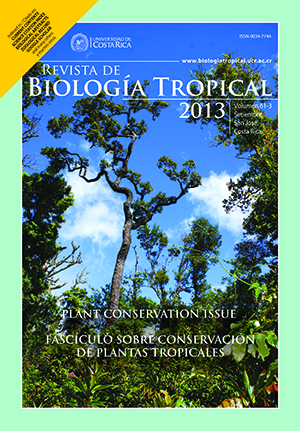Abstract
Thalassiosira pseudonana is a marine Bacillariophyta commonly used as live feed in mariculture. The growth rate and biochemical composition of microalgae are highly influenced by environmental factors such as, irradiance and nutrient availability. The aim of this study was to investigate the influence of three irradiances (60, 120 and 180μE/m2.s) and two culture media (Algal and Humus) on growth and biochemical composition of this diatom. The microalga was grown semicontinuously at a daily renewal rate of fresh media of 30%, 37‰ salinity, 25±1ºC and constant aeration (200mL/min). The cell densities (cel/mL) and contents of protein, lipid, carbohydrate, chlorophyll a, total carotenoids, and fatty acids, showed significant differences (p<0.05) between treatments. During steady-state phase, the maximal cell density, and lipid and carbohydrate contents were of 4.62x106cel/mL, 20.3±2.28% and 16.6±2.43%, respectively, and were achieved in Humus medium at 180μE/ m2.s. Moreover, highest protein contents (45.0±5.05%) and total carotenoids (0.5±0.01%) were obtained in Algal medium at 180μE/m2.s. Chlorophyll a (0.93±0.04%) was higher at low irradiances in Algal medium. In both media, the fatty acids unsaturation degree was lower with increasing irradiance, being eicosapentaenoic acid, 20:5 n-3 (EPA) most represented (6.20%) in Algal medium at 60μE/m2.s. This strain of T. pseudonana showed multiple physiological responses to changes in culture conditions, and may be cultivated with an alternative medium, which reduced the operating costs and allowed a high nutritional biomass production value for animals under culture.##plugins.facebook.comentarios##
Downloads
Download data is not yet available.


